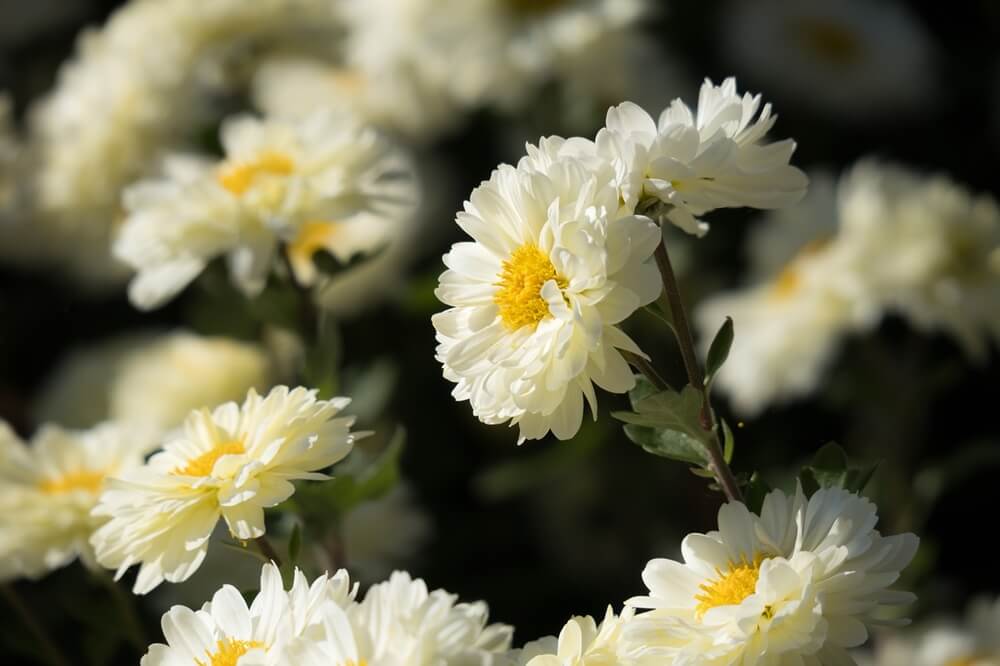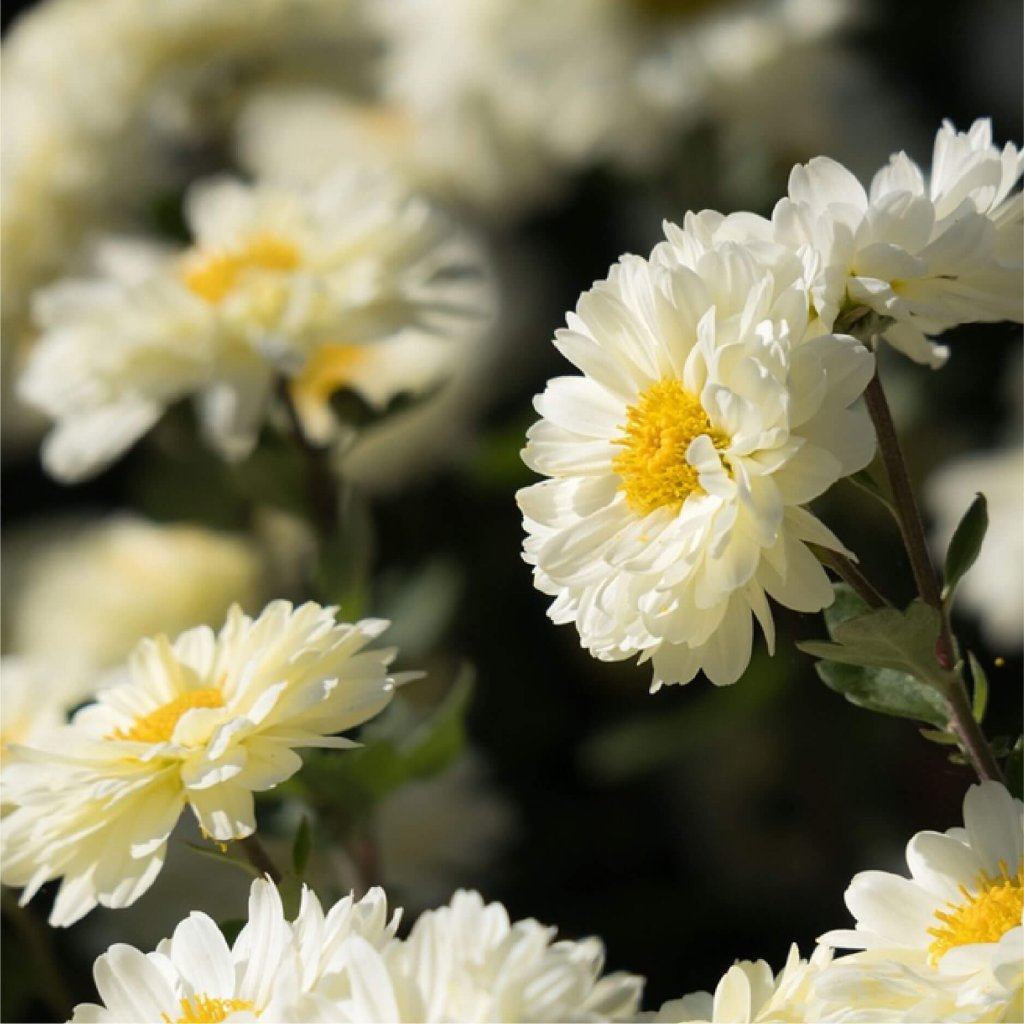
The first chrysanthemums were found in ancient China centuries ago, appearing in writings and poetry during 15th century BC and was primarily used in herbal remedies. It is believed that boiling chrysanthemum roots would provide relief for headaches, while the sprouts and flower petals were eaten in salads. The Chinese were so enamoured by the flower, even named one of its cities Chu-Hsien, which literally means “Chrysanthemum City”.
Later on, the flower made its way from China to Japan through Buddhist monks in 400 AD. The Japanese, equally charmed by the flower, soon adopted it as the Japanese emperor’s crest and official seal. The Japanese even made a National Chrysanthemum Day for the flower, which is also referred to as the Festival of Happiness.
Chrysanthemums were later introduced in Europe during the 17th century, where it was given its western name “chrysanthemum.” The name is derived from the Greek words “chrysos” meaning gold, and “anthemon” meaning flower.
Meanings
Over the period of centuries, chrysanthemums have come to hold various meanings for multiple cultures.
Starting from China and then taking root in Japan, Korea and other Asian cultures, chrysanthemums came to symbol long life and good luck and were typically offered to the elderly. Buddhists also regularly used the flower in offerings as they were recognised to possess strong Yang energy.
When it was introduced to western culture, the flower took on different meanings. During the Victorian era, chrysanthemums were gifted as a sign of friendship and well-wishes. However, in Belgium and Austria, the flower is used exclusively as a memorial flower to honour departed loved ones and placed on graves.
In Australia, chrysanthemums are the official flower for Mother’s Day because of their nickname for the flower, “mums.”
With the coming Chong Yang Festival that falls on 14th October this year, consider dedicating this flower to a departed loved one as a sign of remembrance with Xiao En’s Chong Yang Festival Remembrance Service.
Copyright Statement This article and video is original content created by Xiao En website, to whom the copyright belongs to. The content should not be reproduced without permission, otherwise it will be regarded as infringement. Xiao En reserves the right to pursue legal action against unauthorised use of the content.



